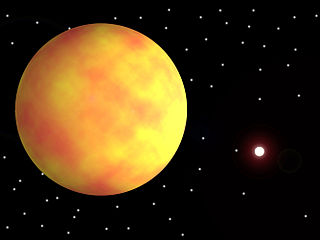
Get ready for the very famous annual Orionid meteor shower that is expected to peak later this week and early next week.
With the onset of autumn, the Orionid meteor shower is technically visible from October 2 to November 7 will attain its primary peak on the Thursday night and Friday early morning.
Meteor showers are the debris from comets, and the Orionids come from debris from Comet 1P/ Halley, or Halley’s comet—a major celestial body that passes by Earth every 76 years. Last time, Halley’s comet was seen in 1986, although we pass through its orbit twice a year, which results in the Orionids. The Eta Aquarid meteor shower is also believed to come from the debris from Halley’s Comet, and is typically visible in early May.
Meteoroids from Halley’s Comet hit the atmosphere of Earth at a speed of 148,000 mph, to ultimately burn up in streaking flashes of light.
“Earth is passing through a stream of debris from Halley’s Comet, the source of the Orionids,” says Bill Cooke of Nasa’s Meteoroid Environment Office.
“Bits of comet dust hitting the atmosphere should give us a couple dozen of meteors per hour.”
One can witness the Orionid shower by looking to the east after midnight. Although a bright moon is likely to hamper the show, about 10 meteors per hour can still be seen provided the sky is clear.
The meteor shower appears to emerge from the constellation Orion, which is home to Rigel and Betelgeuse, as well as Orion’s belt, made up of three bright stars in a straight line. The radiant, or point of origin of the Orionids, lies a few degrees to the left of the super giant star known as Betelgeuse. The Betelgeuse star will one day turn into a bright supernova in the sky. Below the belt stars of Orion can be seen the hazy group of stars known as the Orion nebula.
To witness the meteor shower, find a place far away from all artificial lights. Better to go outside city limits as light-polluted city skies will likely make the show difficult to see. Then give your eyes at least 45 minutes to adjust to the dark. You can then see meteors with naked eye—no need for a telescope. To maximize your chances, have your back to the moon or ensure that it is hidden behind trees or buildings.
Now lie on your back and just enjoy the show.
